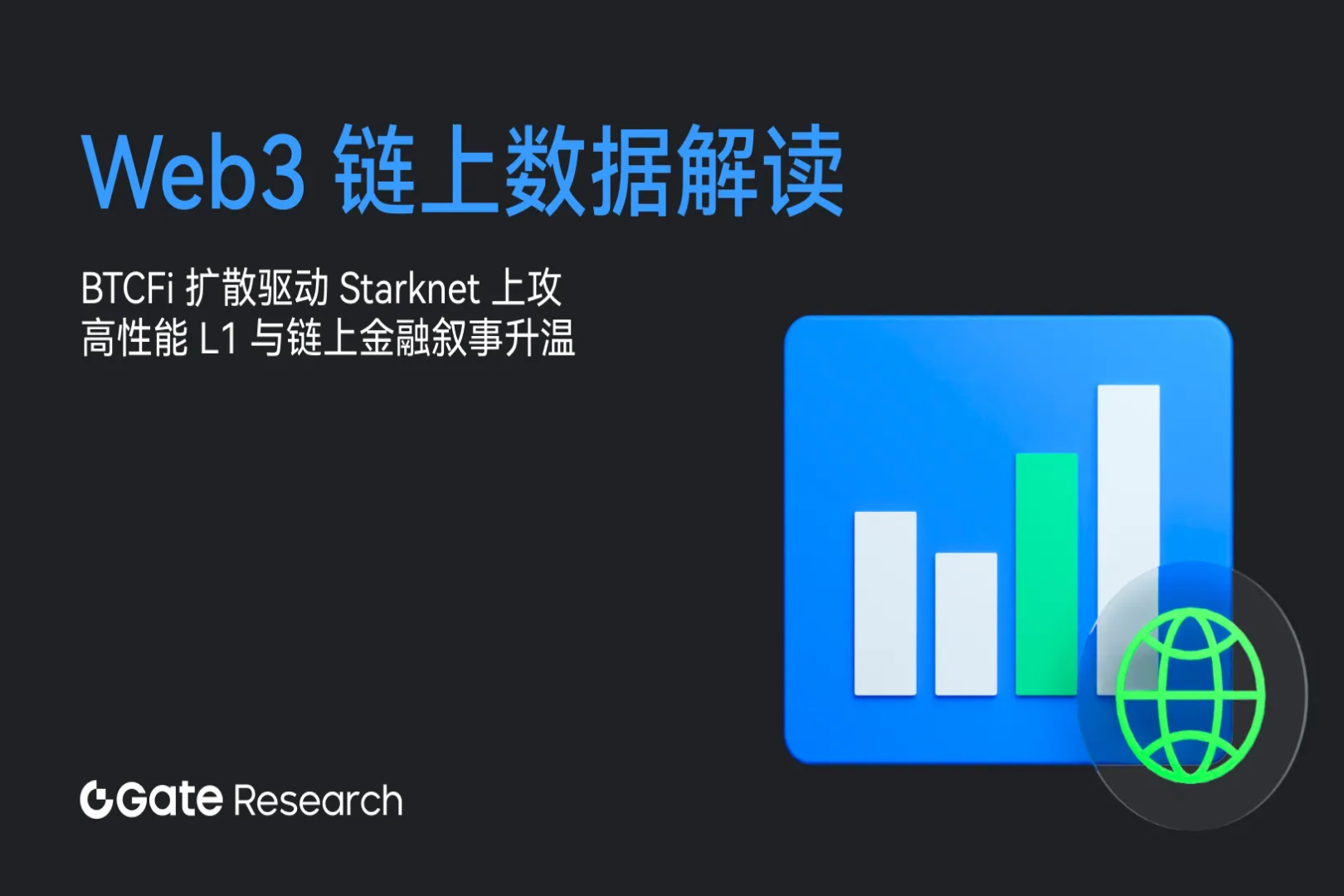SupraOracles Special Report: Oracles and Stablecoins
Explore the role of decentralized oracles in securing data external to blockchains and maintaining stablecoin price pegs.
Table of contents
Table of contents
Decentralized Web3: Encrypting Truth and Transparency
Stablecoin Issuance: DeFi vs. CeFi
Web3 Composability: Oracles Critical for Stability
references
references
Defining the Web3 term stablecoin in its broadest sense is fairly straightforward. Stablecoins are crypto assets that maintain a stable spot price, pegged to the spot price of a given non-crypto asset. USDC tracks the spot price of the U.S. dollar, for example, the price of Paxos Gold (PAXG) is pegged to the price of an ounce of gold. Investors are thus able to gain exposure to both assets while benefiting from the liquidity of cryptocurrency exchanges and blockchain technology.
Since stablecoins constitute a large amount of value circulating in DeFi applications, they need to provide the same security assurances to the blockchain as well as the dApps that use them. The interconnectivity or composability of Web3 requires stablecoins to be as powerful as any component of the ecosystem.
In practice, this means that oracles must be decentralized and have multiple layers of cryptographic security. This provides transparency and trust to users of these stablecoins, as they can be sure that their wealth is being held digitally and not double-spend, i.e. through fractional reserve issuance or loan inflation or otherwise by the stablecoin issuer abuse. With SupraOracles, price pegs can be maintained with the highest degree of certainty as refresh rates occur within seconds.
Algorithmic stablecoins, on the other hand, are dynamically minted or burned in real-time to adjust the circulating supply of issued stablecoins based on demand, thereby adjusting the price up or down to maintain a peg to the stable price of a given asset.
secondary title
Decentralized Web3: Encrypting Truth and Transparency
Blockchain technology and Web3 more broadly have changed expectations for financial transparency and accountability. That is, with a transparent and immutable shared ledger in the form of a blockchain, users want to know that they can trust the solvency of the entity responsible for their assets.
Bitcoin, of course, was the supernova that exploded in 2009, introducing immutability, transparency, decentralization, and strict rules governing the issuance of new bitcoins on the blockchain.
Since blockchain transactions are irreversible and there is no central custodian responsible for users' assets, there is no room for error. With fiat banks, fraud can occur, but the infrastructure exists to recover or freeze stolen funds and make defrauded users whole again.
text
“Without tamper-proof and robust oracles, the entire blockchain ecosystem could be compromised, resulting in transactions being executed based on false or stale price data.”
Banks act as trusted entities that can step in to manipulate their ledgers if needed. This cannot be done on a blockchain because the ledger is shared by all nodes on the network and therefore immutable since the ledger history cannot be rewritten without the consensus of the network participants.
Regardless of which stablecoin is examined, accurate pricing data from decentralized oracles is required. Oracles need to constantly obtain spot prices for various commodities and currencies, and update on-chain prices accordingly to maintain their price pegs, even for stablecoins that are simply backed 1:1 by fiat paper deposits.
Thus, Web3 is an Internet of decentralization, accountability, network consensus, and cryptographic proof. That said, online financial protocols and transactions must strictly adhere to cryptographic primitives, on-chain transparency, and blockchain immutability. SupraOracles will play an important role in securing these characteristics, especially in auditing tokenized assets and stablecoins.
secondary title
Stablecoin issuance: DeFi and CeFi
Stablecoins can be issued by a centralized custodian that holds collateralized assets in an off-chain account, or by a decentralized protocol that provides collateral for assets held on a blockchain ledger. Each option has unique advantages and disadvantages and requires different auditing methods to verify that stablecoins are indeed backed by the value of the collateral they claim to represent.
That is, the oracle must periodically search for USD deposits in the accounts of a given custodian and ensure that the amount matches the number of stablecoins issued and in circulation. A notable example is Coinbase’s USDC, which pegs its value to the U.S. dollar and is backed 1:1.
image description
If stablecoins are to represent real and verifiable value on the blockchain, they must be backed by off-chain assets.
Alternatively, decentralized stablecoin issuers over-collateralize with crypto assets that can be audited on-chain. This is possible because all assets on a public blockchain are transparently verifiable, providing continuous accountability in the form of on-chain audits. This removes the need for depositors to “trust” third parties to honestly report and maintain proper collateral on issued stablecoins, hence the term “trustless” that has come to be associated with decentralized protocols.
After all, fiat debt issuance by central banks and commercial banks does not match the level of collateralization of their crypto counterparts by more than 150%. In the US, fractional reserve loans allow statutory banks with less than $16.3 million in assets to issue bonds without any reserve requirements. Larger banks with more assets need only hold 3%-10% of the statutory reserve liabilities they issue.
secondary title
Proof of Reserve Audit and Algorithmic Stablecoins Using Decentralized Oracles
As mentioned earlier, stablecoins maintain their peg to a commodity or fiat currency using an elastic supply that is burned or minted on-chain, either through the use of direct collateral or algorithms. In order for depositors to trust that stablecoins are indeed backed by assets of equivalent value, decentralized oracles must constantly monitor the reserves of stablecoin issuers to provide verifiable and transparent on-chain proof of their reserves and circulating stablecoin supply is in order.
PoR reference feeds can be autonomously operated by a decentralized network of oracles. Since transparent audits of collateral are performed in real-time all the time, users' funds are protected from fraudulent activity, black swan security breaches, fractional reserve fraud, or other misuse of deposits from stablecoin issuers.
image description
Stablecoin reserve audits showing the level of overcollateralized reserves both increase investor confidence and promote sound decision-making incentives for stablecoin issuers and custodians.
Paxos uses an oracle-based PoR audit system for its USD stablecoin Paxos Standard (PAX) and its gold-backed token PAX Gold (PAXG). However, if the USD or gold spot price experiences wild swings, their oracle price updates may not be fast enough.
As mentioned earlier, some algorithmic stablecoins maintain their pegs by burning or minting currency related to the collateral backing them, relying on oracles to continuously relay the spot price back to the stablecoin issuer in order to keep the peg as close as possible to the spot price. Horizontal. MakerDAO is an example of a decentralized protocol that uses oracles and adjustable interest rates to issue a USD stablecoin with a ticker symbol DAI.
Protocols that use oracles to provide real-time PoR auditing provide transparency to users as they attest to the true backing of the tokens they hold. These oracle-based audits also provide collateral data for pegged assets, increasing the transparency of stablecoins. This also encourages healthy incentives for lenders and borrowers of these tokens, as the Web3 over-collateralization standard increases liability for all participants.
secondary title
Web3 Composability: Oracles Critical for Stability
Oracles are absolutely necessary to source and verify external data for stablecoin issuers, smart contract platforms, NFT marketplaces, and more. Without high-throughput oracles to keep the data faucets running at full speed, the usefulness and slippage risk of DeFi will be negatively affected without paying high gas fees, pushing up like on other blockchains operational costs and cause further network congestion. Therefore, oracles have a responsibility to facilitate trust in cryptoassets by adding a layer of verifiable cryptographic randomness and decentralization to the Web3 ecosystem.
Given the composability of blockchains, dApps, and encrypted assets, SupraOracles strictly adheres to the principles of decentralization and verifiable randomness to ensure liquidity between digital assets and traditional assets and Web3 assets. For stablecoin issuers maintaining off-chain fiat or commodity reserves, regular PoR audits by SupraOracles will provide transparency and accountability to issuers and more broadly monitor the health of their reserves and the Web3 protocol.
Related Reading
CB Insights Research Report. (2022, 25 Jan.). What are stablecoins? CB Insights.
GeoEconomics Center. (2021, 20 Apr.) The rise of central bank digital currencies. Atlantic Council.
Maxwell, A. (2021, 19 Oct.). The world of cryptographic proof. World Magazine.
Prathap, M. (2021, 24 Dec.). Top 6 stablecoins in the crypto market — what are they, how they work and why they have governments worried. Business Insider India.
Robinson, D. (2021). Stablecoins and oracles [Lecture 9 PDF]. Stanford Computer Science: 251.



